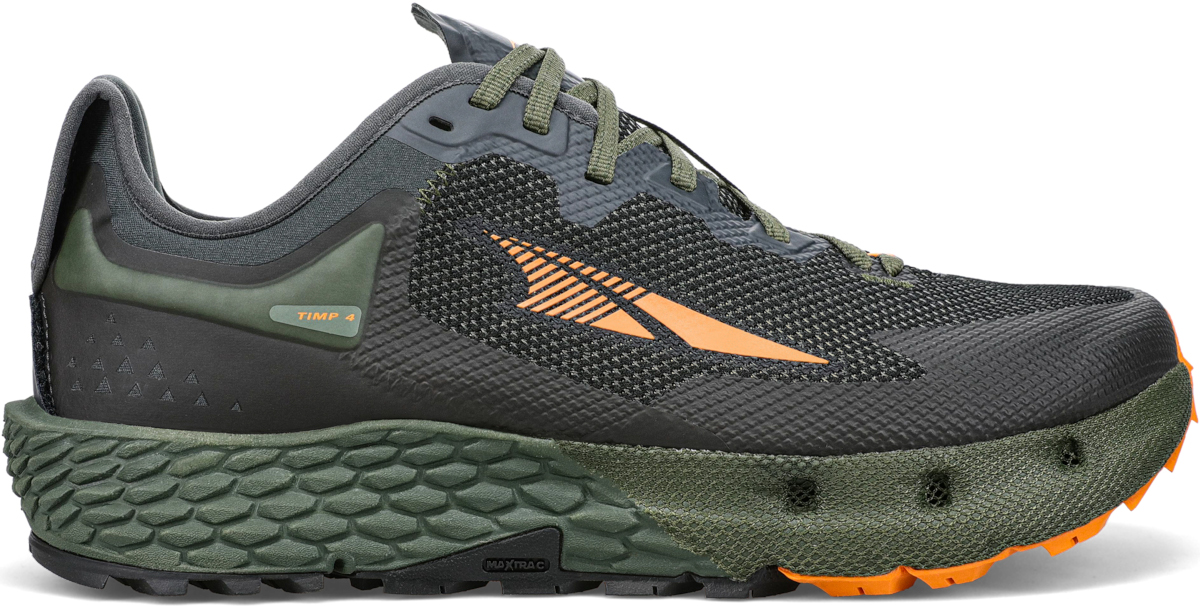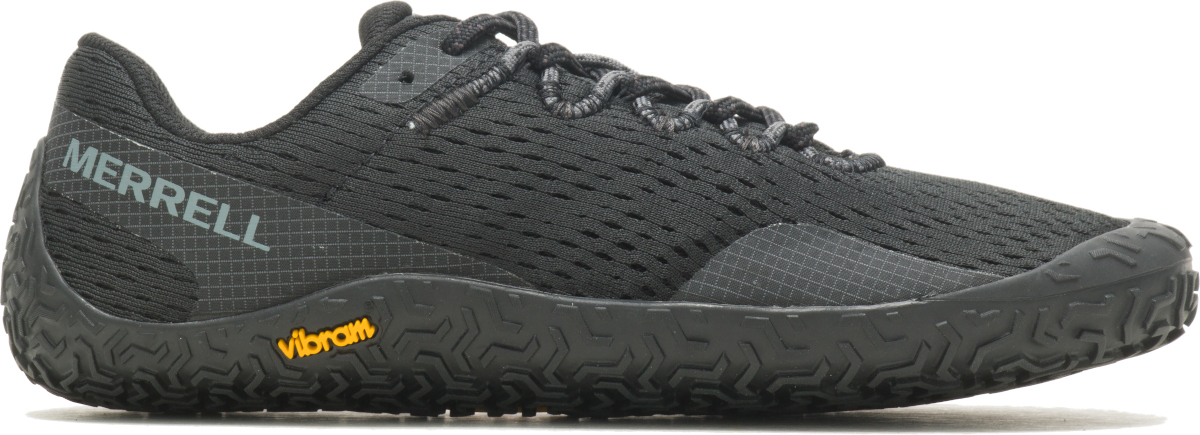You may be surprised to know that flat feet are normal to a certain point, albeit too demonized, and do not affect a runner's life negatively. In fact, most people''s feet deviate slightly inward when they walk. This is a natural reaction of the foot in order to find balance and maintain stability. The problem occurs when the foot is severely flat − then you feel pain in muscles and joints of the feet. In such a situation, the soft structures are already adapted to the inappropriate condition of the foot and its badly learned stereotypes. The foot primarily treads on the inner side of the foot, which falls considerably, and has to bear a large part of the body weight. This causes the previously mentioned pain and pressure on the joints, especially the knees and hips, and also affects correct posture.
If you have flat feet - and we mean strong flat feet - it''s important to choose running shoes that give you the right support, stability, and comfort. Basically, you can go for two types of running shoes, namely:
1) Running shoes with pronation support
The first type of running shoe you can grab is the one with pronation support. Pronation and flatfoot are closely intertwined. In both cases, the ankle and the whole foot drop inwards. Running shoes with pronation support are firm, provide support to the foot in the mid-foot arch area, and have an optimal cushioning layer in the midsole. Keep in mind that pronation shoes won''t solve the flat feet problem for you, they only relieve the discomfort of running by giving the arch the support it needs.
Popular pronation support shoes among runners are:
- Asics Gel-Kayano 29 (road)
- Puma ForeverRun Nitro (road)
- Nike Pegasus Trail (trail)
- Salomon Glide Max (trail)
- On Cloudvista (road)
- Asics Gel-Numbus 25 (road)
- Salomon S/LAB Ultra 3 (trail)
- Dynafit Alpine (trail)

2) Minimalist running shoes
Minimalist footwear is increasingly popular nowadays. But what does this term actually stand for? Well, it stands for a shoe that, thanks to its construction, allows you to step naturally, use the full potential of the foot and has a positive effect on flat feet, pronation, and supination.
But beware, this type of footwear requires an adaptation period. If you immediately started wearing minimalist shoes on every run, it would be a shock to your body. The kind of shock that could lead to calf, knee, or achilles pain. Why is there such a risk? Because they engage muscle and nerve groups that are "asleep" in regular shoes since they have no stimulus to work, they aren't in use. In short, in minimalist shoes, it''s just you and your feet having to do the hard work. It''s a good idea to alternate minimalist shoes with the ones you''re used to and to use them for shorter runs on softer surfaces, for example, the woods. Although you''ll face a challenge at first, legend has it that once you get used to minimalist shoes, you won''t want to run in any other shoes again.
Minimalist running shoes can be divided into two categories:
Low or zero drop shoes
Drop in running shoes means the difference in the amount of cushioning between the heel and toe. The lower the number, the more natural the running stride your shoe will allow. And natural is exactly what you need. Bestsellers are these models:
- All running shoes from Altra - specifically for example Altra Torin (road), Altra Timp (trail) = 0 mm drop
- Asics Fuji Speed (trail) = 5 mm drop
- Nike ZoomX Zegama (trail) = 4 mm drop
Barefoot shoes or barefoot running
Barefoot running or barefoot shoes that simulate running in bare feet require training and patience. You can''t rely on any cushioning, protection or support. If you don''t feel like running barefoot, that''s okay. Instead, we recommend you include barefoot walking wherever the environment allows − on the lawn in your garden, in a meadow, or in a woodland clearing. For running and walking, the Merrell Vapor Glove barefoot running shoe is suitable for soft and uneven surfaces.

Gait analysis
If you suspect a running abnormality and don''t know which running shoes to choose, it is advisable to get a gait diagnosis. You will find out about possible ankle misalignment, weight distribution during the stride, the load ratio of both sides of the body, and other interesting things. It is usually provided in specialised sports centres or by physiotherapists.
Keep in mind that each person has different feet and what suits one flat-footed runner may not suit another. In case of discomfort and pain, consult a podiatrist or physiotherapist to focus on the most important thing which is to actively address your problem: special exercises, stretches, activations, etc.

